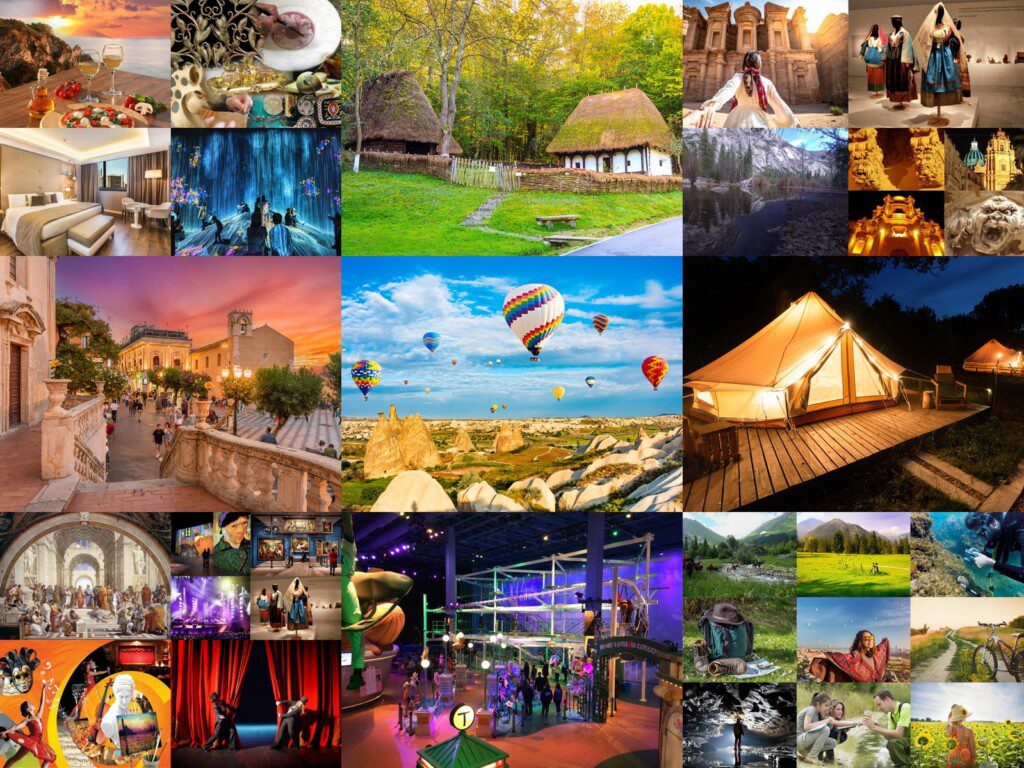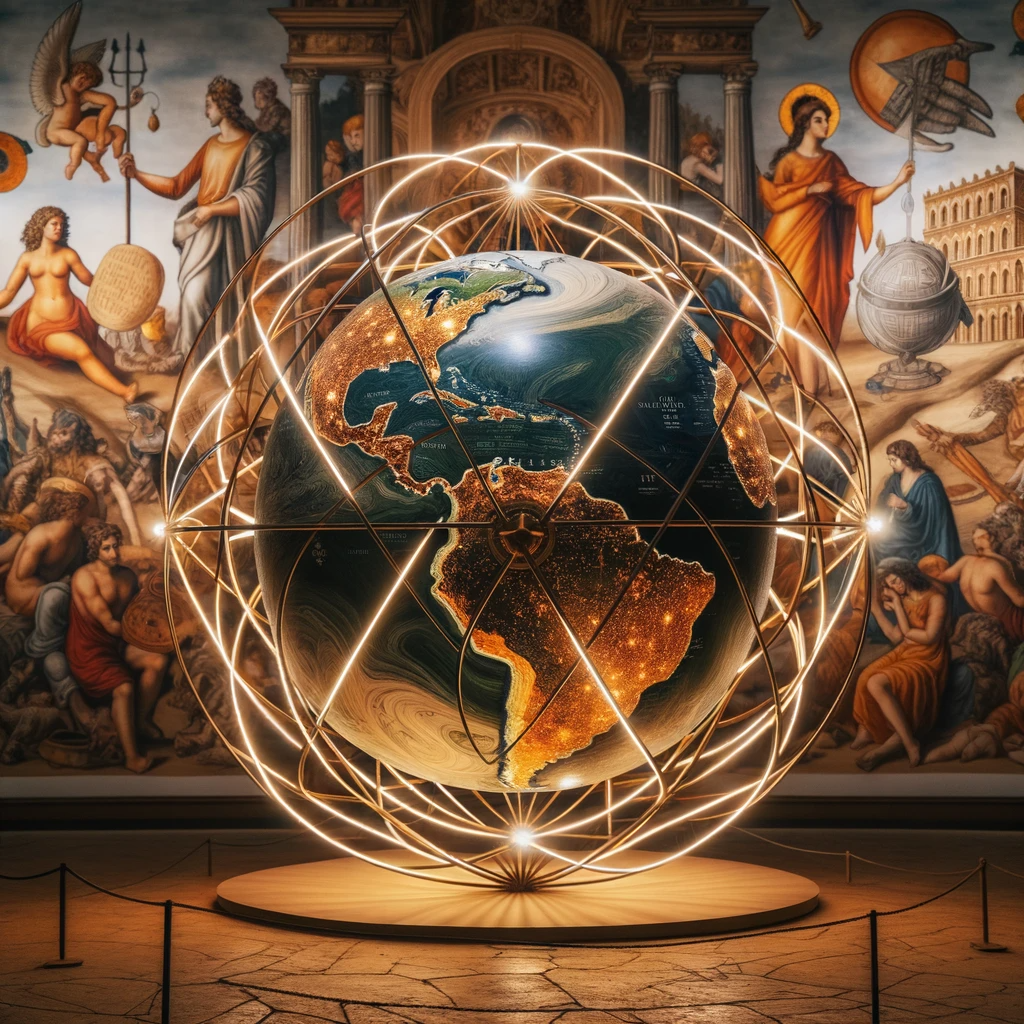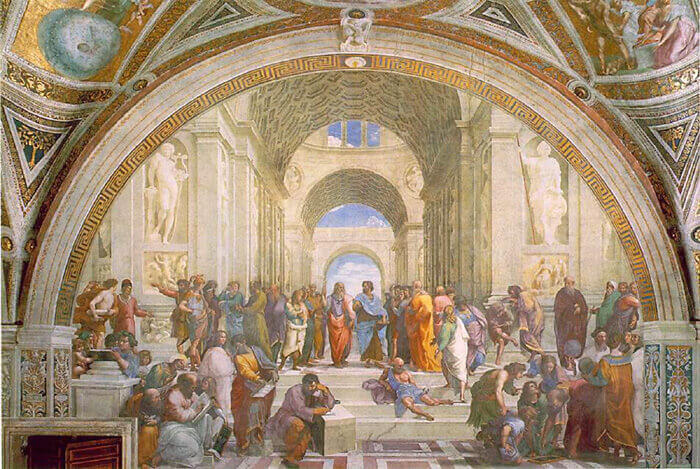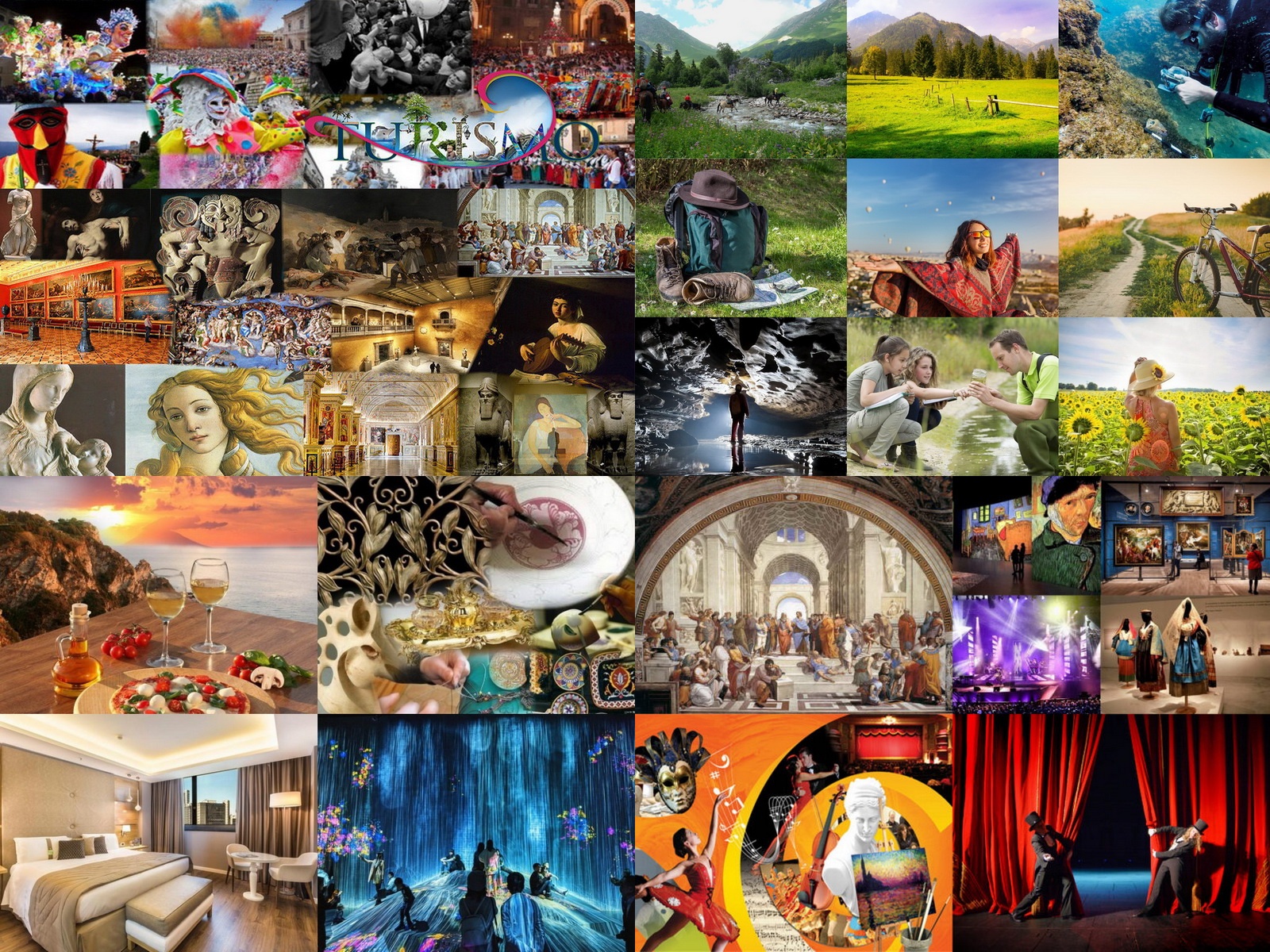Repertoire of Experiential Activities
curated by Ignazio Caloggero

Once you have provided the definitions which clarify the meaning of experiential tourism and once the principles underlying the very concept of experience have been identified, it can certainly be useful to identify the types of activities to which it is possible to apply these principles, which constitute the scope of application of experiential offers.
This gives rise to what I call the 'Repertoire of Experiential Activities', which can be considered as a classification of experiential activities. Since the study is in its infancy and in the future it may be possible to add further categories or subcategories, or even evaluate whether to move some activities from one category to another, I have hypothesized assigning a revision number to the repertoire that will take into account the evolution of the given classification over time.
Repertoire of Experiential Activities (Rev 1.3):
- Dinner Experience (DIE): Food and wine experiences
- Show Cooking Experience
- Sensory Dinner Experience
- Location Dinner Experience
- Narrative Dinner Experience
- Dinner Show Experience
- Art Dinner Experience
- School Dinner Experience
- Guest Experience (GUE): Experience related to the hospitality sector
- Sensory Guest Experience
- Narrative Guest Experiences
- Location Guest Experience
- Seaside Village Experience
- Farmhouse Experience
- Glamping Experience
- Integrative Guest Experiences
- Cultural Heritage Experience (CHE): Experiences related to Cultural Heritage
- Food and Wine Experience
- Heritage Sides Experience
- Intangible Cultural Heritage Experience
- Cultural Expositive Experience
- Museum/Ecomuseum Experience
- Immersive Art Experience
- Cultural Entertainment Experience
- Cultural Learning Experience
- Heritage Interpretation Experience
- Roots Tourism Experience
- Open Air Experience (OAE): Experiences in close contact with nature or outdoors, also known by the term Outdoor Experience
- Trekking and Hiking Experience
- Bike Experience
- Diving Experience
- Speleology Experience
- River Experience
- Horse Experience
- Donkey Experience
- Animal Experience
- Marine Life Experience
- Flight Experience
- Fishing Tourism Experience
- Wellness Experience (WLE): Experiences related to psycho-physical well-being.
- Entertainment and Show Experience (ESE): Playful experiences in the various sectors of tourism and leisure
- Sports Experience (SPE): Experiences related to sporting activities: Activities where guests participate actively by practicing sports themselves.
- Experiential Marketing (EMA): Experiences mainly of a commercial nature offered by shops, shop centers, eat & drink, etc.
The classification of experiential activities should not be seen in a strict sense as a type of experience can fit into more than one category. For example, Glamping Experiences and in some cases Farmhouse Experiences are also considered Open Air Experiences which in the current revision of the repertoire of experiential activities, for practical reasons and to highlight the aspect linked to hospitality, have been included within of the Guest Experience category. The same goes for Sport Experiences, in particular for those sports in direct contact with nature for which I have currently foreseen their own category. However, the Open Air Experience has close contacts with many other open field experiences included in other categories (Dinner Experiences in the trees or in the midst of nature, Cultural Heritage Experiences and Wellness Experiences in naturalistic sites, etc.)
In many cases the relationship between the different types of experiences is very close as in the case of the Seaside Village Experiences (Ichthyic tourism), Dinner Experiences, Guest Experiences and Open Air Experience (Fishing tourism) the placement in one or the other category was a also a choice of convenience, trying to take into account, in the presence of multiple approaches, the prevailing one. In future revisions, further categories or subcategories may be added, just as there may be shifts between one category and another.
Some more information on some of the types of experiences.
Dinner Experience (DIE)
The atmosphere is one of the essential elements for offering what are called experiential meals. Typically such meals are based on various approaches, in which the focus is on certain elements characterizing the experience.
A non-exhaustive list of approaches (types of food and wine experiences):
- Demonstrative (Show Cooking): The experience focuses on the presentation, which can be spectacular or theatrical, of the dishes or of some phases related to the preparation of the dishes. (E.g. theatrical presentation)
- Sensory (Sensorial Dinner): The experience, thanks to a careful and accurate design of the atmosphere, is focused in particular on the stimulation of some senses (hearing, touch, sight, taste, smell)
- Location (Location Dinner): The experience is particularly focused on unusual, spectacular places, with a strong cultural connotation or of significant national or international importance
- Narrative (Narrative Dinner): The experience is characterized by a well-defined theme which focuses on a narrative through aspects such as: culture and traditions, knowledge and ancient crafts, myths and legends, natural aspects characterizing the territory, aspects linked to places of memory (historical events , literary, film, etc.)
- Entertainment (Dinner Show): The experience focuses on events of a predominantly entertainment nature (theatrical show, musical show, games and magic shows, etc.)
- Exhibition (Art Dinner): The experience focuses on exhibition events (painting, photography, contemporary art, etc.)
- Training (School Dinner): The experience is associated with a cooking course and generally linked to typical products
The different approaches are not necessarily distinct as they are often present at the same time, for example, an experiential lunch linked to a specific historical event could use different approaches at the same time: narrative, entertainment, exhibition, sensorial and take place in the same location where the event took place. historical event that gave the inspiration to the experience that we want to propose. In the case of the presence of multiple approaches, it may be useful to identify the prevailing approach for the purposes of an initial classification.
The characteristic of these approaches is that some of them can be seen from different points of view. For example, the approaches: narrative, entertainment, exhibition and educational can be seen as aspects that strengthen the food and wine experience understood as a central element of reference, or the opposite can happen, the food and wine experience serves to enrich the event (narrative, cultural, educational).
Guest Experience (GUE)
A definition of Guest Experience is as follows:
“Set of experiences offered to the customer/guest during the entire life cycle of their stay”
We can think of dividing Guest Experiences into two macro-types that are not necessarily distinct from each other:
- Experiences linked to the structure: Experiences directly linked to the structure and the atmosphere created within it and/or to the location constituted by the environment outside the structure. They can be used one or more of the approaches already seen in the case of Dinner Experiences, in particular the following approaches already analyzed and obviously adapted to the hospitality context integrate well with the Guest Experience:
- Sensory Approach (Sensorial Guest Experience)
- Location-based approach (Location Guest Experience)
- Narrative Approach (Narrative Guest Experience):
- Experiences linked to integrative experiential offers: Experiences offered to complement hospitality. Some of the experiences that best integrate with the Guest Experience:
- Dinner Experience (DIE)
- Entertainment and Show Experience (ESE)
- Wellness Experience (WLE)
- Hiking Experience (HIE)
- Handmade Experience (HME
- Heritage Tourism Experience (HTE)
- Sports Experience (SPE)
- Open Air – Experience (OAE)
- Travel Experience (THREE)
Cultural Heritage Experience (CHE)
Experiences linked to visits to monuments and sites of cultural interest, the main purpose of which is the enjoyment of the Cultural Heritage but also immersion in the local lifestyle and everything that constitutes its identity and character. Cultural heritage can obviously be material (monuments, historical and archaeological sites, etc.) but also immaterial (festivals, traditions, local expressions, cultural events, etc.).
For a formal definition of cultural heritage we can refer to the definitions given in the Faro Convention and in the Recommendation concerning the protection and promotion of museums and collections, their diversity and their role in society adopted by UNESCO on 17 November 2015.
For descriptive simplicity I will call the experiences linked to the integrative experiential offers "Integrative Guest Experiences”. For these latter experiences, I refer you to the individual chapters where I discuss this type of experience
For further information, please refer to the forthcoming book: Ignazio Caloggero – Tourism and Experiential Marketing: Theory, Operational Examples and Experiential Quality Mark
Featured










